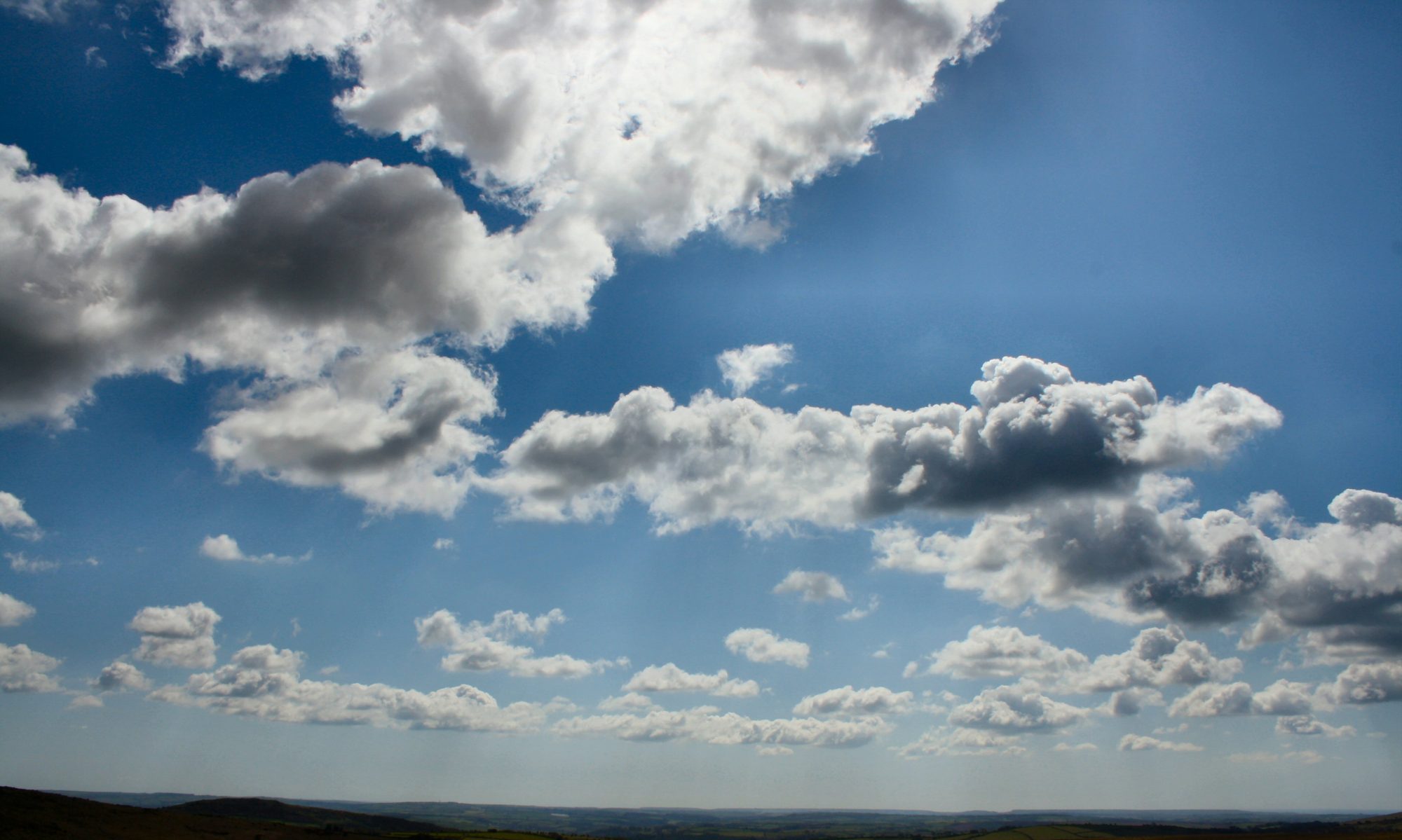THE CLOTHING BANK IN THE VILLAGE HALL CAR PARK IS COMPLETELY FULL. PLEASE DO NOT TRY TO DEPOSIT ANY FURTHER ITEMS UNTIL THE CONTAINER HAS BEEN EMPTIED ON 15TH OCTOBER. ITEMS SHOULD NOT BE LEFT IN THE CAR PARK.
BRIDFORD PARISH COUNCIL MEETING AGENDA 10 OCTOBER 2022
BRIDFORD PARISH COUNCIL MEETING MINUTES 5 SEPTEMBER 2022
OCTOBER PARISH COUNCIL MEETING
There will be no Parish Council meeting on Monday 3rd October. The October meeting will held on Monday 10th October at 7.00pm in the upstairs room of the Village Hall.
Hedge Highways
Bridford Wildlife Wardens have been looking at our local hedges. The Wildlife Warden scheme has been set up by ACT (Action for Climate in Teignbridge) for people to work in their local area to encourage wildlife, helping to create a mosaic of connected habitats throughout Teignbridge which will in turn connect with the wider country. Hedges play a vital part in this connectivity. In a heavily managed landscape such as we have in the UK, wildlife has limited options for moving between areas to fulfil basic needs of feeding and reproduction and fragmentation of habitats is a key cause of wildlife depletion. At best, hedges offer a bountiful network of fruiting trees which is a highway for insects, birds and animals to travel between areas such as scrub and woodland to access food and mates. For example, the dormouse relies on hedges as a route between small woodlands, moving through the branches in shelter and feasting on the nuts and berries. Without the ability to make these small but crucial journeys, the population will become isolated and eventually die out. Thanks to Frank Vassan for this photograph.
So when thinking about a cut please consider GIVE CUTTING A REST if you can; KEEP IT HIGH; DON’T CUT TOO CLOSE; CUT LATE. Give cutting a rest so that the hedge can regenerate and produce fruit in the 2nd and 3rd year; Keep it High so that the hedge provides shelter and nesting opportunities; Don’t cut too close so that the hedges structure is not damaged (a hedge will start to die if flailed to the same point every year); Cut late ideally in late Winter so that bird and mammals have a bounty of food throughout the winter. And if you don’t have a hedge? Maybe consider planting one of native species and connecting it with a neighbours and enjoy the wildlife that comes to visit.
Do comment or contact us at [email protected].
SCHEDULE OF QUEEN ELIZABETH COMMEMORATION SERVICES IN THE VALLEY
BOOK OF CONDOLENCE AND FLORAL TRIBUTES
A Book of Condolence has been placed in the Church at Bridford. The Church is open daily from 9.00am – 5.00pm with access via the west door,
Floral tributes can be left without plastic and cellophane wrapping in the Village Garden. These will be removed for composting the day after Queen Elizabeth’s funeral.
The flag at the Church has been lowered to fly at half mast.
BRIDFORD PARISH COUNCIL MEETING AGENDA MONDAY 5TH SEPTEMBER 2022
DUNSFORD ENERGY SAFARI
BRIDFORD PARISH COUNCIL MEETING AUGUST 1ST 2022
DUE TO UNFORESEEN CIRCUMSTANCES, WE WERE NOT ABLE TO HOLD THE AUGUST PARISH COUNCIL MEETING, THEREFORE NO MINUTES THIS MONTH


